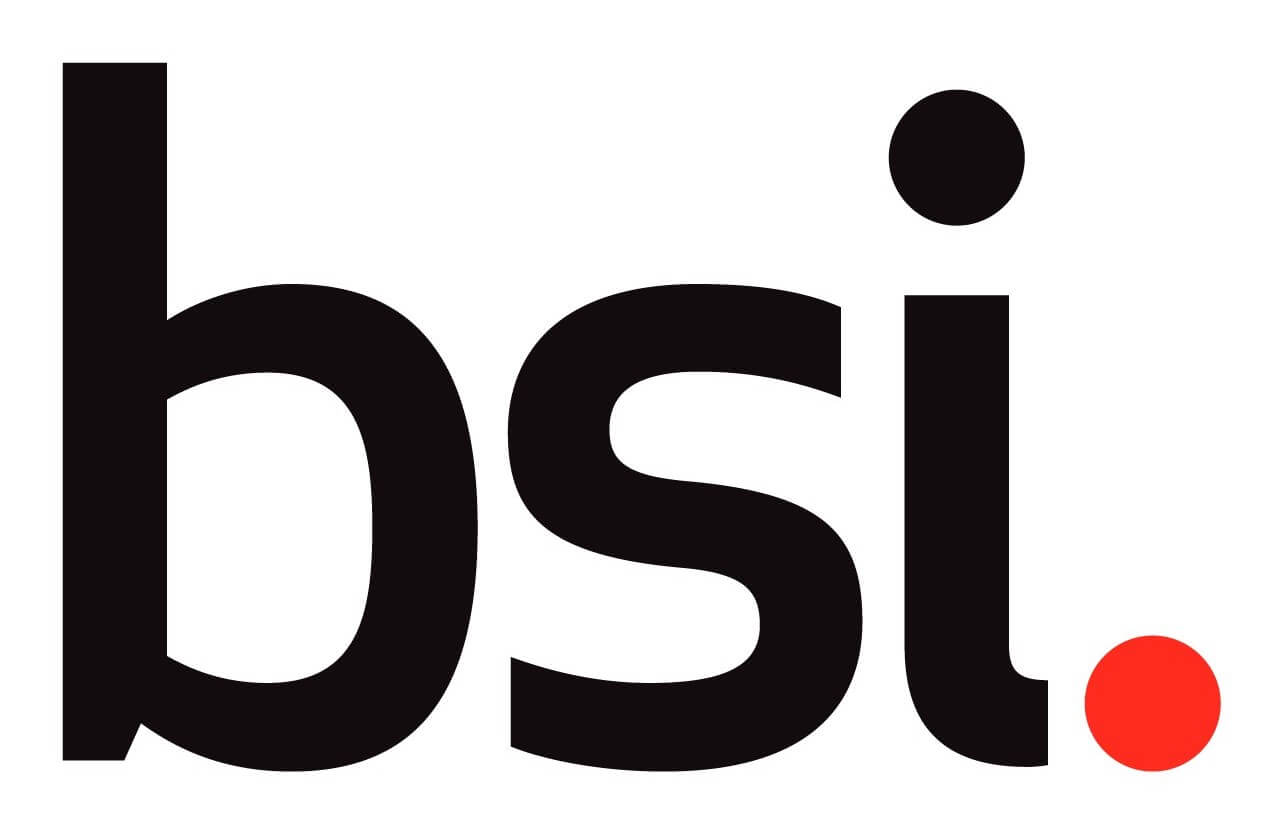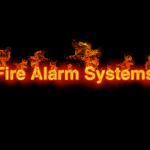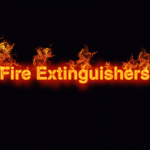PAS 79: 2012 was first published in 2005 before seeing revisions in 2007 and then again in 2012. It lays out a specific methodology used for conducting a fire risk assessment. PAS stands for Publicly Available Specification. It’s not originally a British Standard. However, the BSI, or British Standards Institution has both developed and published it. It originally saw preparation in conjunction with C.S. Todd and Associates Ltd. There was also encouragement and support by the Institution of Fire Engineers as well as the Northern Ireland Fire Safety Panel. They helped lead the initial drafting of fire risk assessment guidance found within the document.
PAS 79 focuses on making sure that all the required information that pertains to both a fire risk assessment and the findings are recorded. The specific needs to both carry out fire risk assessments and then document any significant findings from said assessments are crucial to existing fire law.
PAS 79 lays out a particular way to carry out your fire risk assessment. It’s intended to see use in producing a basic and qualitative assessment of risk from fire in a location. It’s aimed essentially at providing a service to individuals, and professionals, like fire risk assessors. When you insist that your consultant stick to the PAS 79 approach, you can rest assured that anyone undertaking a fire risk assessment is following a reputable methodology that ensures a comprehensive report which covers all the bases of fire safety.
Alternate methodologies can be better choices in specific circumstances, however, such as quantitative risk assessment. On the other hand, in our experiences, PAS 79 proves usable for all sizes of buildings and in many kinds of premises including:
- Offices
- Shops
- Schools
- Hospitals
- Blocks of Flats
- Hotels
- House in Multiple Occupation (HMO)
- Business
- Care Home
- Warehouse
The approach behind PAS 79 is a system of evaluation covering many factors which decide fire hazard, ranging from any likelihood of there being a fire to the actual consequences of one occurring.
PAS 79 outlines nine distinct steps for carrying out a thorough fire risk assessment:
- Obtaining information and data about the building, including the processes carried out in the structure as well as people either present or likely to be
- Identification of both fire hazards but also means for their control or elimination
- Assessment of the likelihood of any fire
- Determination of any fire protection measures present
- Obtaining related information regarding fire safety management
- An assessment of the most likely repercussions to individuals if a fire happens
- Assessment of overall fire risk
- Formulation and documentation of an action plan
- A defined date by which a fire risk assessment needs to be reviewed
PAS 79 involves a format for reporting the records of a fire risk assessment. This goes in a simplistic pro-forma style, laying out a concluding action plan that lays out any recommendations. It’s not intended to serve as a check list, but it will add tick boxes which can confirm that any necessary items were taken into consideration. The PAS 79 documentation format is thought of by the Chief Fire Officers’ Association as a suitable format for the recording of findings of significance in a suitably sufficient fire risk assessment.




